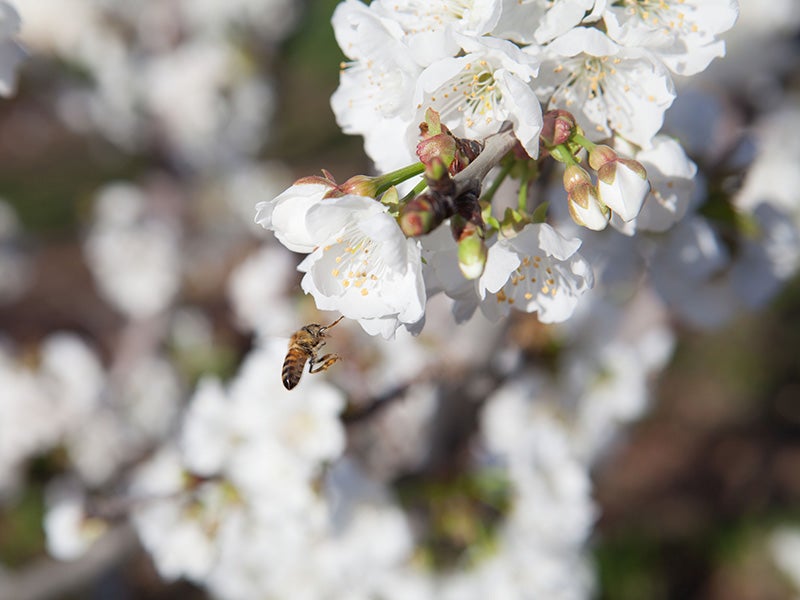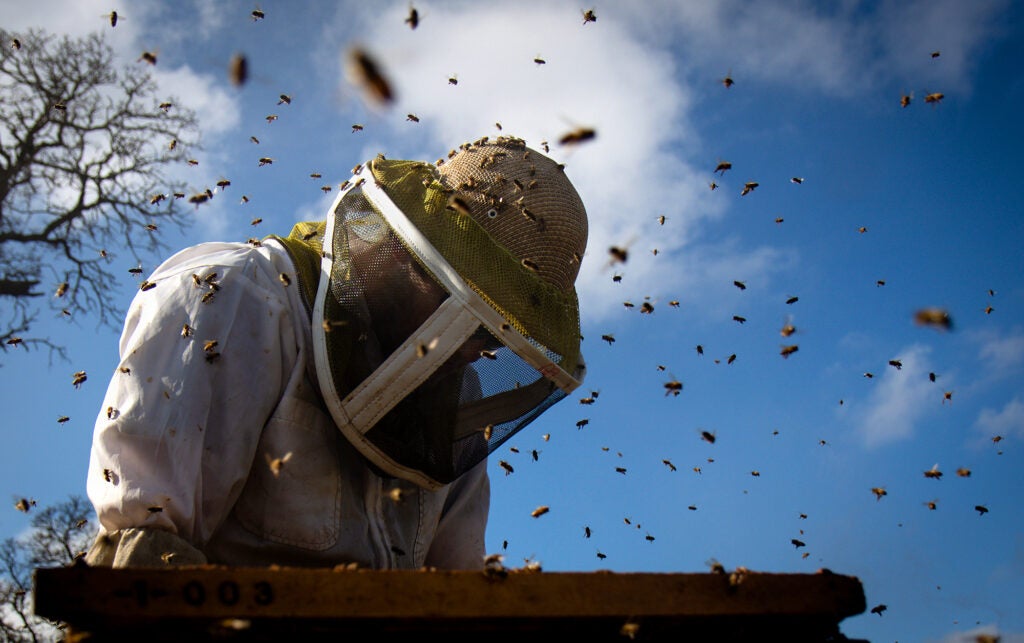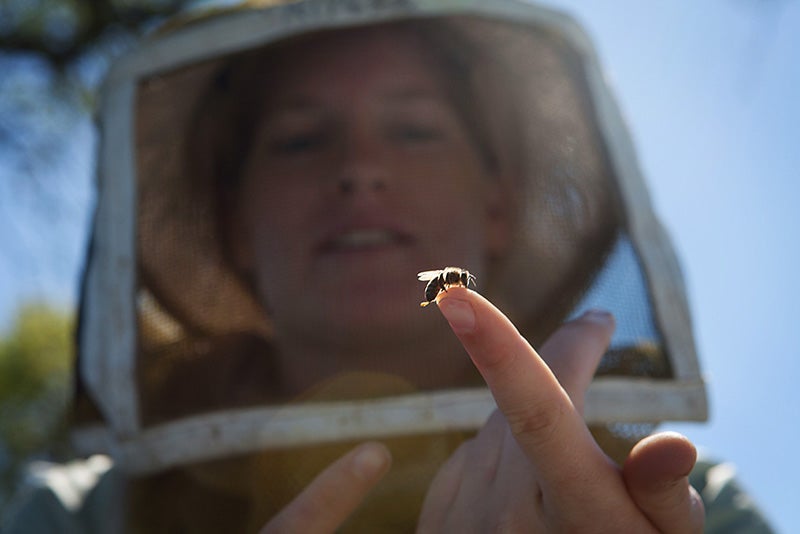Protecting Bees from the Pesticide Sulfoxaflor
One in every three bites of food depends on bees for pollination, and the annual value of pollination services worldwide are estimated at over $125 billion. A growing body of independent science links a class of pesticides called neonicotinoids to bee declines, both alone and in combination with other factors like disease and malnutrition.
Clients
Regional Office / Program
Case Overview
National Beekeeping organizations along with the National Honey Bee Advisory Board have come together in an attempt to protect the bee industry by an appeal against EPA for its approval of the pesticide Sulfoxaflor, shown to be “highly toxic” to honey bees, and other insect pollinators.
Sulfoxaflor is a new chemistry, and the first of a newly assigned sub-class of pesticides in the “neonicotinoid” class of pesticides, which scientists across the globe have linked as a potential factor to widespread and massive bee colony collapse.
The case was filed as the beekeeping industry across the country struggle for survival, and face the costly effects of pesticides upon their businesses.
The Pollinator Stewardship Council (formerly National Pollinator Defense Fund), American Honey Producers Association, National Honey Bee Advisory Board, the American Beekeeping Federation, and beekeepers Bret Adee, Jeff Anderson and Thomas R. Smith filed an appeal against the Environmental Protection Agency in the U.S. Ninth Circuit Court of Appeals, requesting changes needed in the Sulfoxaflor label, the Biological Economic Assessment Division assessment of the value of pollinators and their established habits, and the EPA’s Risk Assessment Process.
These changes would acknowledge pollinator’s critical role in the U.S. food supply, and ensure that decisions regarding new pesticides comply with applicable laws.
Sulfoxaflor was granted a full registration by EPA for most crops, many of which require pollinators. Many other registered crops are utilized by pollinators, including honey bees, as forage. Based on the approved registration, pollinators, especially honey bees, may potentially be exposed numerous times by labelled Sulfoxaflor applications as honey bees are moved across the country to pollinate crops, produce the nation’s supply of honey, and recuperate from the rigors of pollination.
The appeal process through the courts is the only mechanism open to challenge EPA’s decision; it is commonly used by commodity groups to rectify inadequate pesticide labeling.
On September 10, 2015, the 9th Circuit Court of Appeals concluded EPA violated federal law when it approved sulfoxaflor without reliable studies regarding the impact the insecticide would have on honeybee colonies. The Court vacated EPA’s approval, meaning that sulfoxaflor may not be used in the U.S. unless, and until, EPA obtains the necessary information regarding impacts to honeybees and re-approves the insecticide in accordance with the law.

Case Updates
Case page created on July 8, 2013.

